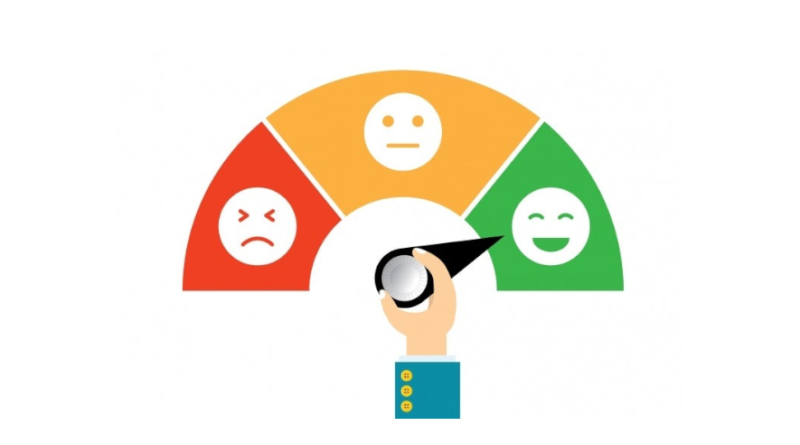If we want to get a yes to our proposals and recommendations, we need to ask. And we also need to ask in a way that turns initial resistance into receptivity.
Here’s an example of someone who did that – in under a minute.
Several years ago I attended BIF – a Business Innovation Factory event – featuring leading-edge innovators from around the world, (e.g., co-founder Alan Webber of Fast Company).
The most impressive speaker was a surprise. She walked to the center of the stage, waited until everyone was quiet, then leaned into the group with a big smile and said “I, know what you’re thinking. What’s a 13-year-old going to teach me about innovation?”
She paused for a moment, then with a twinkle in her eye said, “We 13-year-olds know a thing or two” and then launched into how she had founded a non-profit called TGIF (http://www.projecttgif.com/) that turned FOG (Fat, Oil and Grease) into cash that’s donated to low-income families.
In 30 seconds, the brilliant Cassandra Lin had us at hello.
Why? She read our mind. She anticipated these seasoned executives and entrepreneurs might be a bit skeptical that a teen-ager would have anything to teach them. So, she addressed their objections first – and made them moot.
Will you be proposing something soon and anticipate nay-sayers might turn you down? Here are ways to turn resistance into receptivity, a NO into a YES. Hope you find them useful.
- Ask yourself, “Why will people say, “NO!” Say it first.
Perhaps you’re proposing an expensive program and anticipate your boss will sit there with his/her mental arms crossed thinking, “We don’t have any money in our budget for this.”
Start with, “You may be thinking we don’t have any money in our budget for this. If I can have your attention for the next three minutes, I’ll point out where we can find that money, how we’ll make it back in the first three months, and turn it into profits from then on.”
Imagine you’re suggesting a new membership recruitment program to your association board. You predict push-back because a similar program failed last year.
Open with, “You may be thinking we tried this before and it didn’t work. You’re right, and I’ve identified three mistakes we made last time and how we can prevent that from happening this time.”
THAT will get their attention:-)
Remember, if you don’t voice people’s concerns, they won’t be listening; they’ll be waiting for you to stop talking so they can tell you why this won’t work.
- Bridge with the word AND (not BUT).
The little three-letter word BUT cancels out what was said before it and creates an adversarial “me against you” conflict. ”
For example, “I hear what you’re saying, BUT I don’t agree.” “I understand we can’t afford this, BUT it’s important.” “I’m sorry that happened, BUT it’s not my fault.”
See what happens when you replace the word BUT with the word AND. “I hear what you’re saying, AND there’s a different way to look at this.”
“I understand this isn’t in the budget, AND I’ve identified innovative ways to fund this.”
“I’m sorry that happened, AND thank you for bringing that to my attention.”
- Take LESS time than anticipated.
Do you know how the word “anxiety” is defined? “Not knowing.” If people don’t know how long we’re going to talk, they’re in a state of anxiety. They may even resent us for pulling them away from a priority project.
The quickest way to counteract that is to acknowledge they’re busy, and ask for for a specific amount of time that’s shorter than expected. They’ll be a lot more likely to give us their valuable attention when they know it will only be for 3 minutes.
Contrary to the popular adage, good things do NOT come to those who wait. Good things come to those who initiate.
Next time you want a YES, don’t wait, initiate … and then use these three steps to increase the likelihood busy people will give you and what you care about a chance.
Want more ways to increase the likelihood of success for your idea, brand, business, product, service, career? Join Sam’s online How to POP! Master Class (https://www.intrigueagency.com/popmasterclass) starting March 30.


